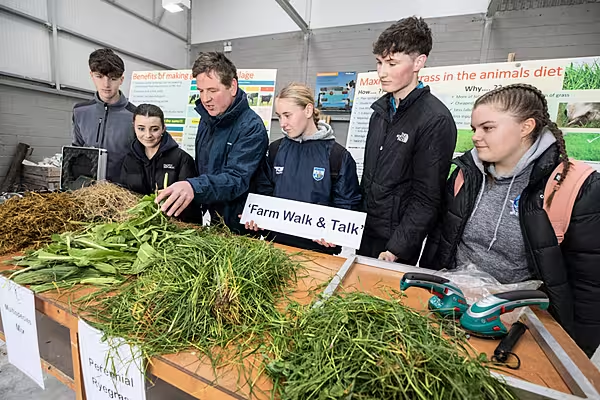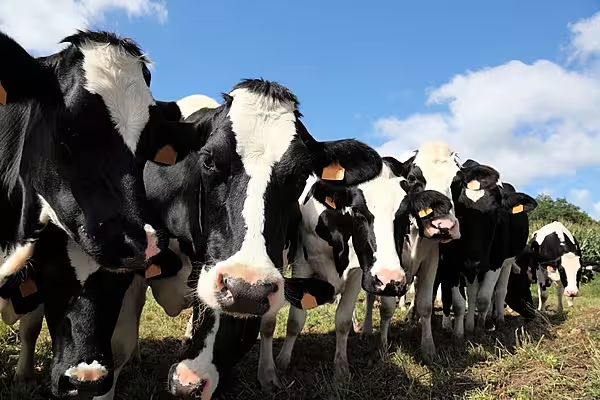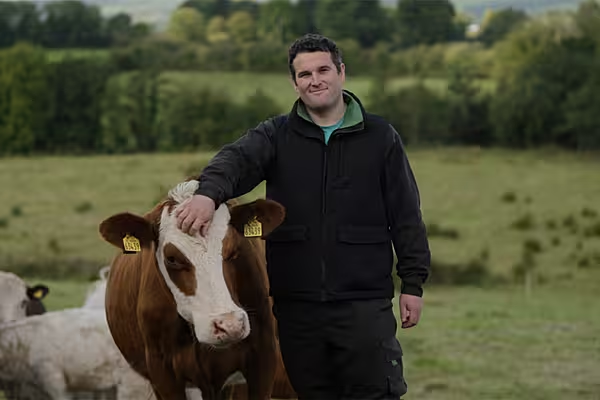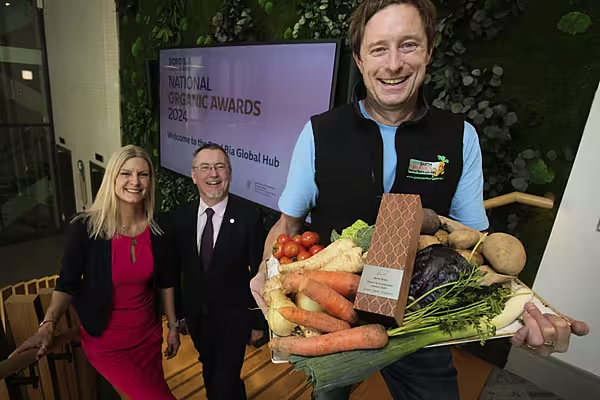As the removal of the EU milk quota nears its end on the 1st of April this year, Rabobank predicts that production will become further concentrated in key milk-producing regions in Northern and Western Europe.
Farmers will utilise the spare capacity developed through gains in technology and investment over the last 30 years. An expansion of over 12 million tonnes has already been achieved since the announcement of the quota removal, and a large portion of this additional capacity has already been used.
According to Rabobank, once this available capacity of the land has been used up, a step change in raw milk prices will be needed to incentivise investment in land and capacity to further expand production. Actions will also be needed to ensure that European milk holds onto its place in global markets.
“Despite Europe continuing to have a conducive climate, continued effort will be required to ensure Europe is competitive at prices set by international markets,” explained Rabobank analyst Kevin Bellamy.
Rabobank is relatively optimistic about the future for European milk, explaining that the medium-term global demand in the dairy market is likely to increase at a compound annual growth rate of 2%, driven by population growth, urbanisation, globalisation and increasing disposable incomes.
However, the bank warns that price volatility will be an issue, and that extreme variations in milk prices will continue to impact dairy supply chains.
Rabobank’s conclusion is that, while Europe will continue to have a conducive climate and will continue to supply the needs of the local markets, further investment in entrepreneurial farmers, intensification of farming systems, making available capital to fund continued production consolidation and efficiency and a supportive government and regulatory environment will be needed to see Europe remaining competitive at prices set by international markets.
© 2015 - Checkout Magazine by Jenny Whelan.









